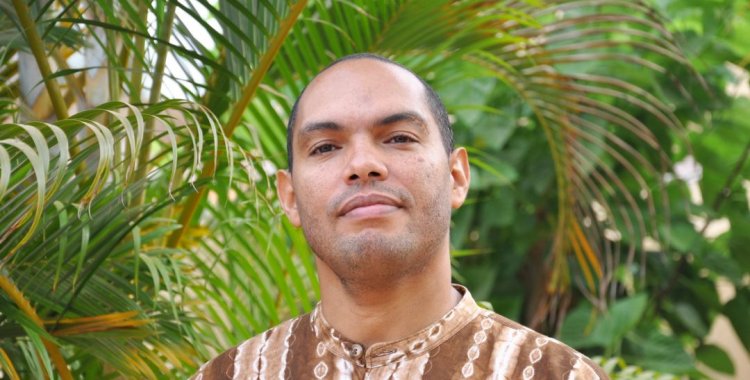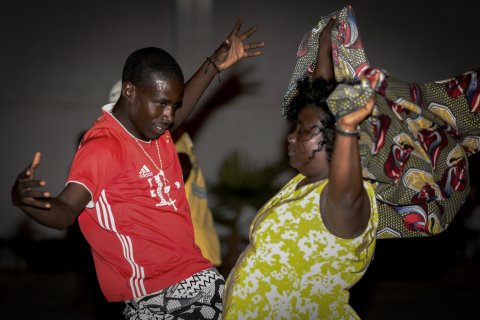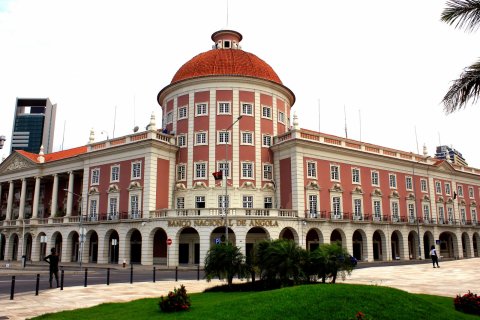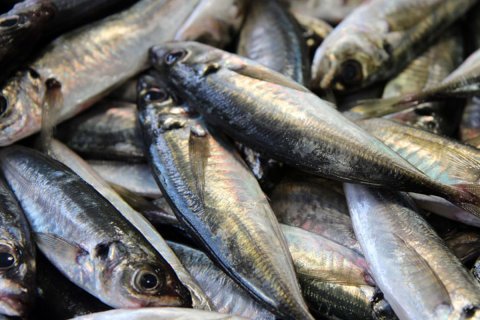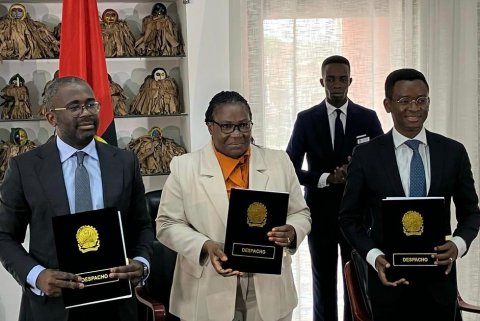Botswana has an excessive population of elephants, a situation that contributes to the increase in conflicts between pachyderms and farmers. To relieve the conflict, hundreds of these animals may be destined for Angola and Zambia.
Speaking to Lusa, Vladimiro Russo recalled that Botswana is home to two-thirds of the savannah elephant population in sub-Saharan Africa and in recent times "has, in fact, felt very great pressure", aggravating the conflict between these animals and man.
Among the suggestions that that country has made to "clear up the problem", he stressed, is the reopening of the migratory route that elephants did in the past, going north from Botswana to Namibia, entering Angola and leaving Zambia.
"There is a need to reactivate this route, as it is an interrupted route, mainly because of a sanitary fence that was installed in Namibia and Botswana, to prevent the spread of a disease related to cattle," he said.
Removing these obstacles, he noted, "will facilitate elephant migration, is something that is beneficial for everyone and is important" also in "issues related to poaching".
"Because if in Namibia and Botswana there is a better control of its borders, in the province of Cuando Cubango we do not have that control and we have a record of increasing poaching in recent years," he said.
"We may be having a problem related to the increase in poaching in that region, in addition it is necessary to reactivate this migratory route that was used by the animals", pointed out the environmentalist.
The member of the executive conservation committee of Palanca Negra Gigante recalled that in the past, between 2000 and 2001, Botswana and South Africa have already offered elephants to populate the special conservation area of Quiçama National Park, in Angola.
According to Vladimiro Russo, for the safety of these animals, in Angola, it is necessary to reinforce the inspection with human resources, technical means and outposts in the Luiengue-Luiana and Mavinga parks, in the province of Cuando Cubango.
"A very large reinforcement has to be made in this area, to allow the animals to reactivate this migratory route safely and not be affected in terms of poaching in our country", he added.
"A very large investment has been made in terms of studies, because these two conservation areas, Luiengue-Luiana and Mavinga, are also part of the Okavango-Zambeze cross-border area," he added.
Angola is among the five countries that make up the Kaza (Okavango-Zambezi Transfrontier Development Project), namely Botswana, Namibia, Zambia and Zimbabwe, and "needs to take more secure steps with regard to inspection and patrolling" in the province of Cuando Cubango, highlighted the person in charge.
Vladimiro Russo is also a member of the Economic Concertation Council, recently created by President João Lourenço.
The number of wild mammals in Angola's main nature reserve, Quiçama, has declined by 77 percent during the 27 years of the civil war, revealed a study published in September in the journal Nature Scientific Reports.
Researchers from the University of East Anglia (United Kingdom), the Federal University of Paraíba (Brazil) and the University of Agostinho Neto (Angola) studied 26 species in the National Park and the Quiçama Game Reserve, concluding that the number of wild mammals in 20 of these species it was reduced by 77 percent during the period of the civil war (1975-2002).
This reduction was particularly significant in large species, such as elephants, and more in savanna than in forest areas, a decline that was not reversed until the end of the post-war period (2002-2017).
Angola is home to at least 275 species of mammals, many of them historically hunted by local communities before, during and after the 27 years of the civil war.

